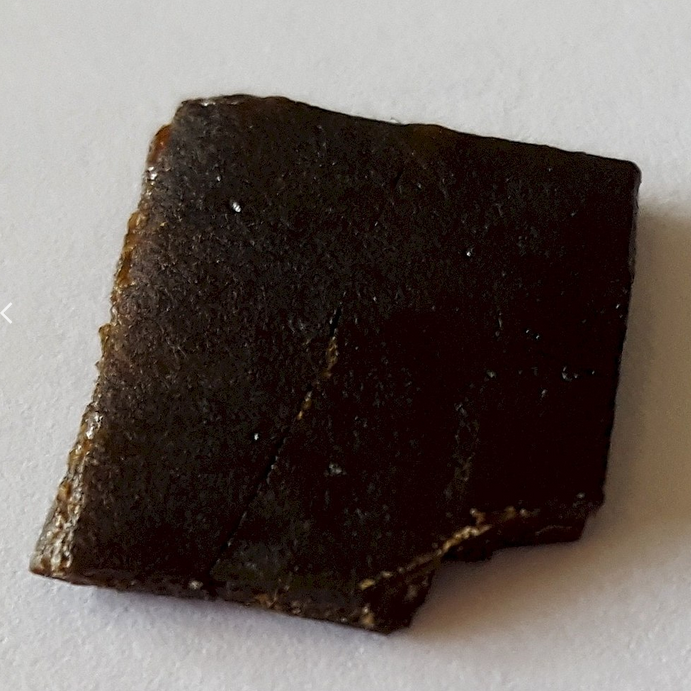|
Name: Opium combination product 25 mg/du
Type: Opioid
AKA: Paregoric, other combination products

|
|
II. Natural Derivative

|
|
III. Chemical Profile (IUPAC name)
(5α,6α)-7,8-didehydro-4,5-epoxy-17-methylmorphinan-3,6-diol

|
|
IV. History
Opium is a natural substance derived from the opium poppy. It has been used for thousands of years for its analgesic and sedative properties. Opium contains several active alkaloids, including morphine and codeine. In modern medicine, opium tinctures and combination products are used for their therapeutic effects, though their use is highly regulated due to the potential for abuse and dependence.

|
|
V. Legal Information
Opium combination products are regulated as controlled substances due to their opioid content. In the US, such products are classified as Schedule II controlled substances. Globally, they face similar controls, with regulations focusing on preventing misuse while allowing for medical use under strict conditions.
US Federal Schedule - III
Schedule III drugs, substances, or chemicals are defined as drugs with a moderate to low potential for physical and psychological dependence. Schedule III drugs abuse potential is less than Schedule I and Schedule II drugs but more than Schedule IV. Some examples of Schedule III drugs are: products containing less than 90 milligrams of codeine per dosage unit (Tylenol with codeine), ketamine, anabolic steroids, testosterone.
Key US Federal Policies:
Controlled Substances Act. Public Law: Public Law 91-513 (text can be found on GovInfo) (https://www.dea.gov/drug-information/csa). Date enacted: October 27, 1970.
|
|
VI. Physical Effects
Opium, a natural opioid, provides pain relief and sedation. As a downer, it causes significant drowsiness and respiratory depression. Short-term effects include pain relief and euphoria, while long-term use can lead to addiction and cognitive impairment. Overdose risks involve severe respiratory depression and potential fatality. Safe dosing involves careful monitoring. Recent findings focus on its historical use for pain relief and the modern challenges of addiction and misuse.  |
|
VII. Psychological Effects
Opium combination products, containing various opioids, affect opioid receptors to provide pain relief and euphoria. Psychological effects include mood alteration and cognitive impairment. Long-term use carries risks of dependence and severe mental health issues. Research focuses on their effectiveness and potential for abuse.
 |
|
VIII. Culture
Opium, derived from the poppy plant, has deep historical significance dating back to ancient civilizations in Mesopotamia and Egypt. It was used in religious and medicinal contexts, and its impact is documented in texts such as the Ebers Papyrus. In modern culture, opium and its derivatives are associated with both medicinal use and recreational abuse. Proponents argue for its historical value in pain management, while opponents focus on its role in addiction and societal harm. It has been a subject of major historical events, including the Opium Wars. Its use spans both medicinal and recreational settings, with traditional ceremonies in some cultures involving opium.
 |
